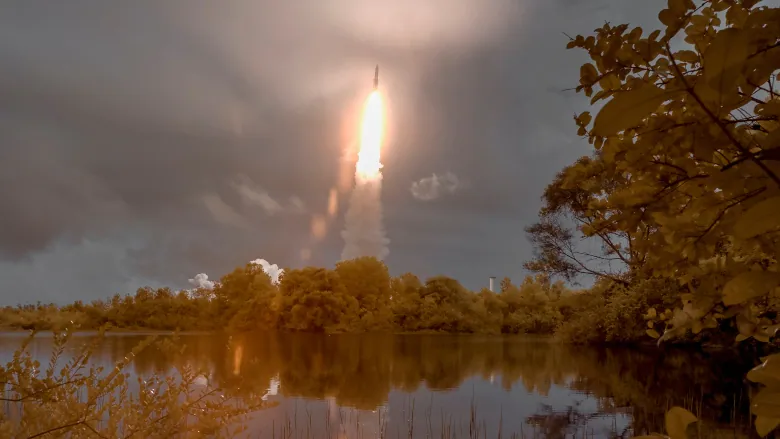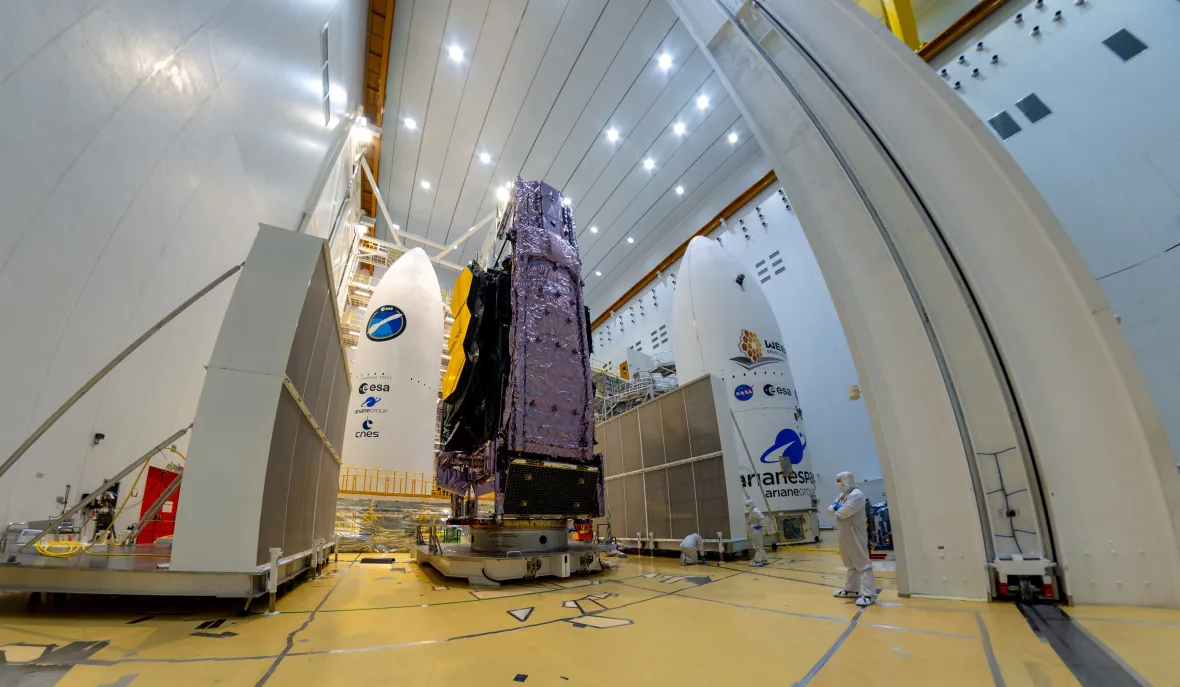A group of astrophysicists may soon have a key to unraveling the puzzle of life’s beginnings.
On December 25, the James Webb Space Telescope was launched into orbit from French Guiana, South America.
Webb is the biggest and most powerful space telescope ever built by NASA, the National Aeronautics and Space Administration, at the cost of $10 billion US.
Tyrone Woods, a Canadian astronomer, aims to utilize it to go through the time and uncover the earliest stars ever produced.
“We’re going to be able to look back into this earliest epoch of the universe,” Woods stated.
Woods, a Plaskett Fellow at the National Research Council of Canada’s Herzberg Astronomy and Astrophysics Research Centre in Victoria, B.C., is originally from Edmonton.
The Hubble Space Telescope was launched in 1990, and NASA claims Webb as its successor.

NASA, the European Space Agency, and the Canadian Space Agency collaborated on the new telescope.
The project has been in the works for decades.
Webb’s mirror is substantially bigger than Hubble’s, allowing it to capture more light and see farther back in time.
“Light has a fixed speed. It doesn’t travel infinitely fast. It takes time,” Woods said on CBC Edmonton’s Radio Active.
Many stars are millions, if not billions, of light-years distant from Earth, even though light travels at 300,000 kilometers per second.
Some of the stars that we see in the night sky may no longer exist.

Stellar Nurseries
Stellar nurseries are places of dust and gas where stars are born.
Woods’ team used computer simulations to create a cosmic roadmap to aid in the search for the earliest stars.
“So conventionally, we had always thought of the first stars as being so very compact and very blue. We’ve seen that in some of them [nurseries of the very first stars], they would be the perfect conditions for making really massive, really bloated, really red stars.”
HD 140283, the Methuselah Star, is now the oldest known star.
It is thought to be 14 billion years old, around the same age as the universe.
Webb is an infrared telescope, which means it can see the light that human eyes can’t see.
Because infrared is a wavelength that our planet produces, it’s feasible that concentrating on infrared light may lead to the discovery of a planet identical to Earth.
Woods added they’ll be searching in the surroundings around some huge clusters of galaxies for a magnified light from behind them to obtain a very, really deep exposure of the early cosmos.
Aside from the origins of the stars, Woods thinks that the new telescope will aid scientists in discovering the first black hole, understanding how gases assemble in the cosmos and learning more about how our own solar system was created.
After traveling 1.5 million kilometers from Earth to its targeted orbit around the sun, Webb will spend the next several months deploying its mirrors and enormous sunshield and cooling down before seeing into the furthest regions of the cosmos.
“Over the subsequent year, we’re going to start to see the first really exciting results,” Woods added.












Leave a Reply